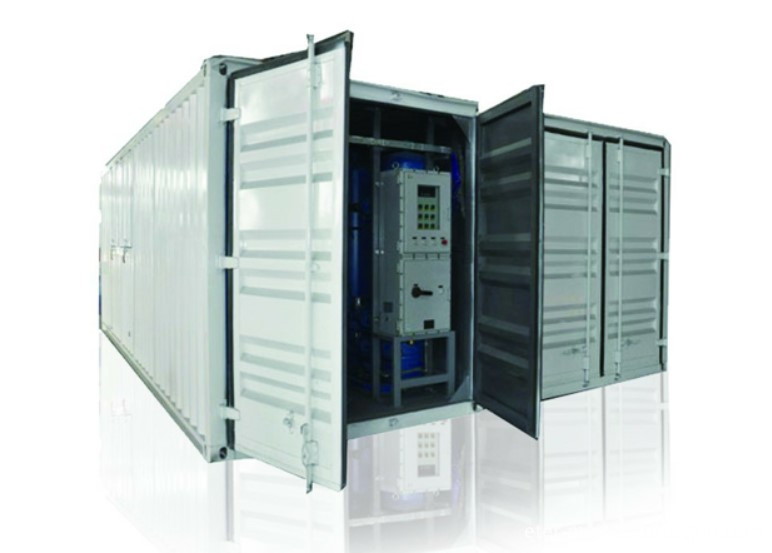Whiteflies cannot survive outdoors in winter, but winterize and continue to infest in various greenhouses in greenhouses. In the spring, the greenhouse moved to the open ground. The greenhouses and the open-season vegetables converged and alternated one after the other, enabling the annual occurrence of whitefly.
Whitefly is mainly composed of adult larvae and larvae that gather in the sap of sucking tissue on the back of the leaves, causing the leaves to retreat green, yellow, wilting, and even the whole plant withered. Due to the large population of whiteflies and their ability to secrete a large amount of honey liquid, it can cause the occurrence of coal pollution, affect the photosynthesis of the leaves, impede the growth of the plants, lead to a decrease in yield, and deteriorate the commercial character of the fruit. Whitefly is strong in fertility and it can occur in the greenhouse for more than 10 generations a year. Over generations overlap. After adult emergence (1 to 3 days), mating begins. Spawning is more than 140 eggs per female, and parthenogenesis is also possible. One generation was completed under greenhouse conditions, approximately 30 days). Whitefly is harmed by various forms of insects. Adults can migrate, and the body surface is covered with a layer of wax, which has strong resistance to drugs and is difficult to control.
The prevention and control of greenhouse whitefly must be combined with agricultural control and physical control: biological control and chemical control, and comprehensive prevention and control. According to the results of many years of production practice, the author summarizes and refers to the results of others' research, and proposes two more desirable greenhouse whitefly fumigation control methods, namely the use of greenhouse sealing, controllability and the volatility of chemical pesticides, chemical pesticide fumigation control. The specific method is as follows:
1, 350 square meters of greenhouse, take 80% of dichlorvos emulsifiable concentrate 300 ~ 400 ml, and about 7.5 kilograms of sawdust buckwheat glutinous rice) mix well, evenly distributed in the evening into a small heap of about 60, placed in greenhouse greenhouses The closed greenhouse (8 to 12 hours). Let it volatilize naturally and smoke whitefly.
2. Use 80% of dichlorvos EC 0.35ml + 25% dichlorvos to kill 0.025-0.05ml per square meter, and add anti-liquid 0.025ml; seal the greenhouse at night, place candles on the ground and ignite, and use two bricks on both sides to support concave Shape the iron skin, pour a certain amount of mixed liquid, use the heat of candle fire to evaporate the liquid, smoke the entire greenhouse, and smoke stuffy (8-12 hours).
The use of fumigation to prevent greenhouse whitefly is simple, low-cost, 350 square meters greenhouse fumigation control once, the cost is only 8 to 10 yuan, better than conventional spray control, save time and labor, the general control effect is 90% Above, fumigation can control whitefly infestation for 20 to 25 days. At the same time, it can also treat aphids and L. sativae. In combination with other control methods, the effect is better.
Containerized Oxygen Generator
ETR can combine all parts of the oxygen generation system into a customized container, including air compressor, refrigerate air dryer, filters, buffer tanks and Oxygen Generator. Even the optional oxygen booster and cylinder filling station.
Compressed air is purified through the air dryer and filters to a certain level for main plant to work with. Air buffer is incorporated for smooth supply of compressed air thus to reduce fluctuation of compressed air source. The plant produces oxygen with PSA (pressure swing adsorption) technology, which is a time proven oxygen generation method. Oxygen of desired purity at 93%±3% is delivered to oxygen buffer tank for smooth supply of product gas. Oxygen in buffer tank is maintained at 4bar pressure.

Containerized Oxygen Generator
Containerized Oxygen Generator,Containerized Oxygen Plant,Oxygen Machine ,Hospital Oxygen Plant
Hunan Eter Electronic Medical Project Stock Co., Ltd. , http://www.centralgas.be